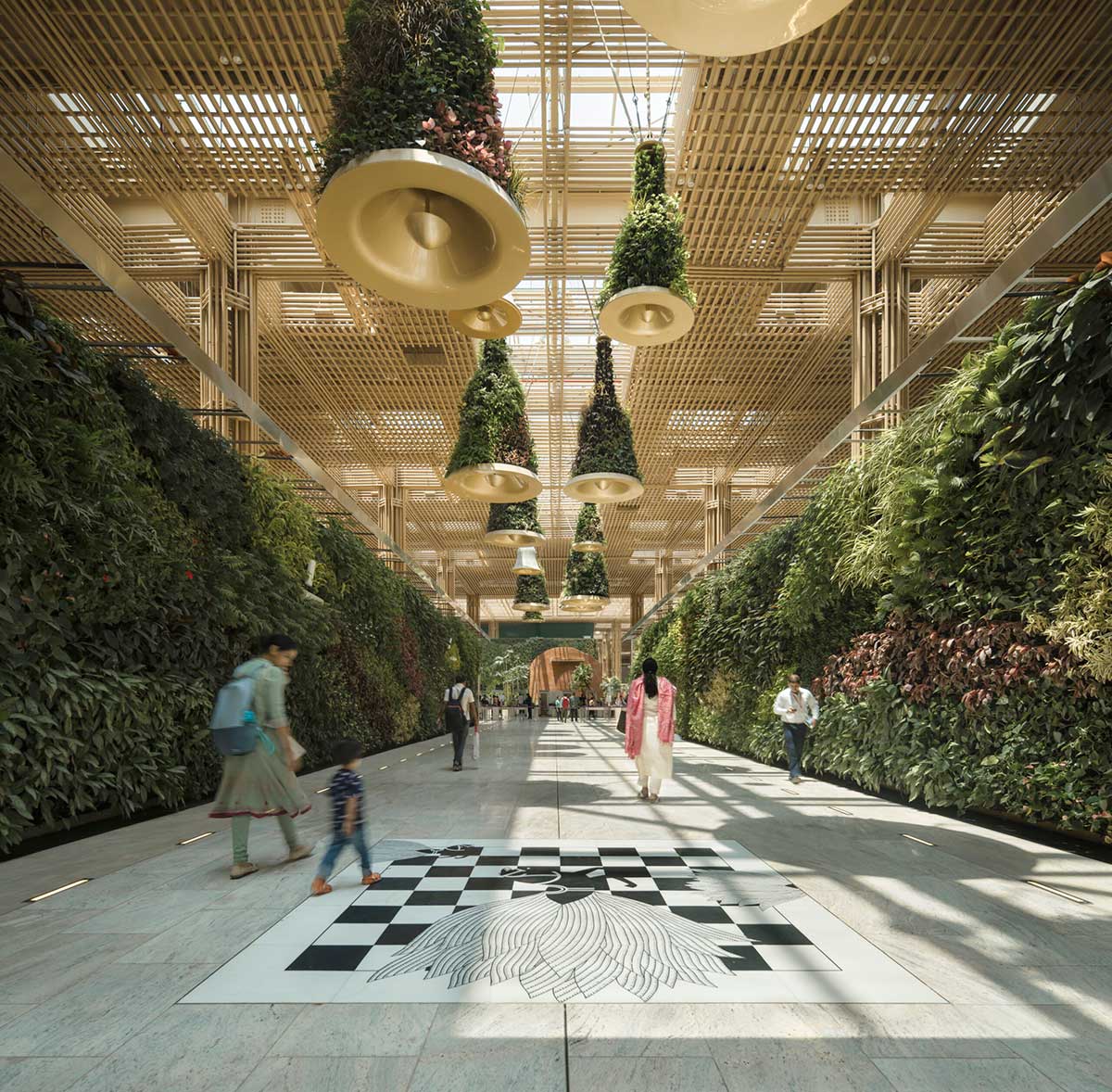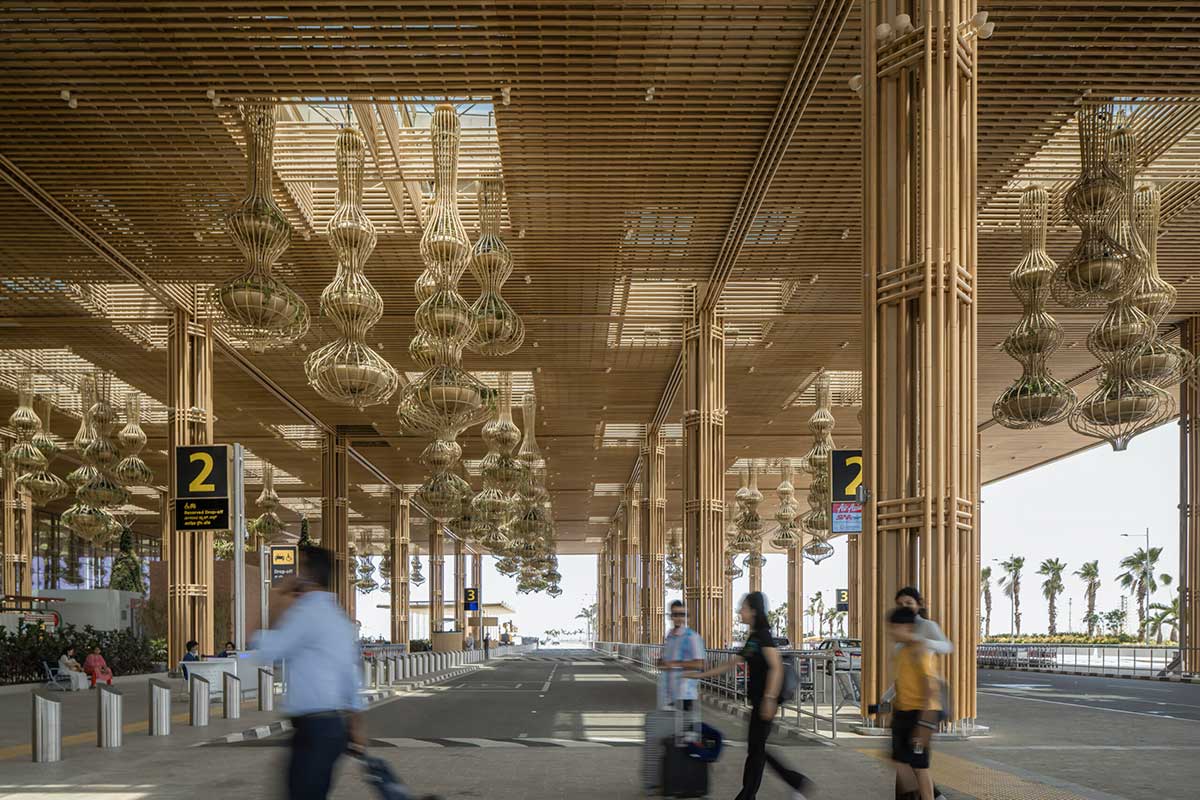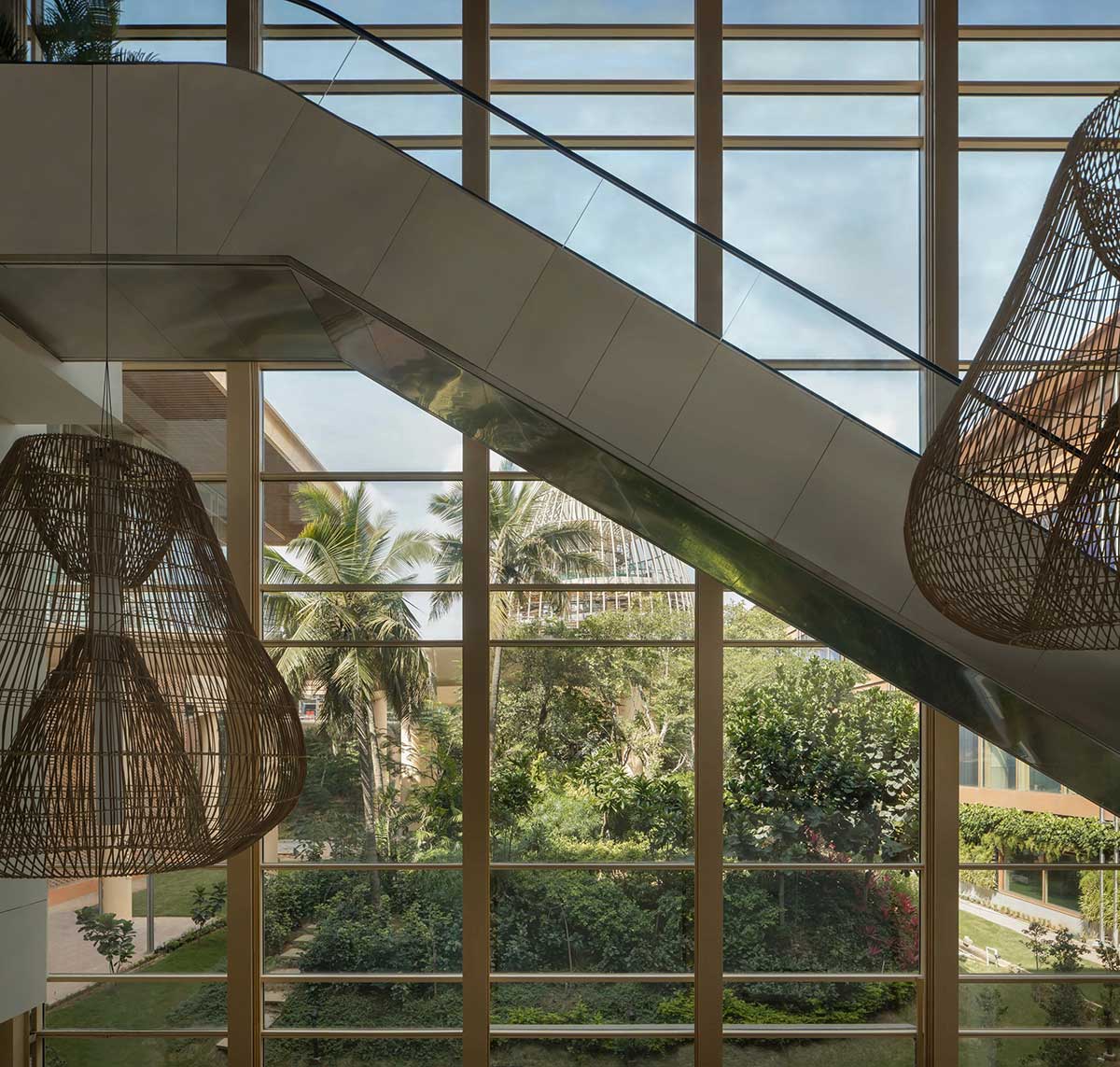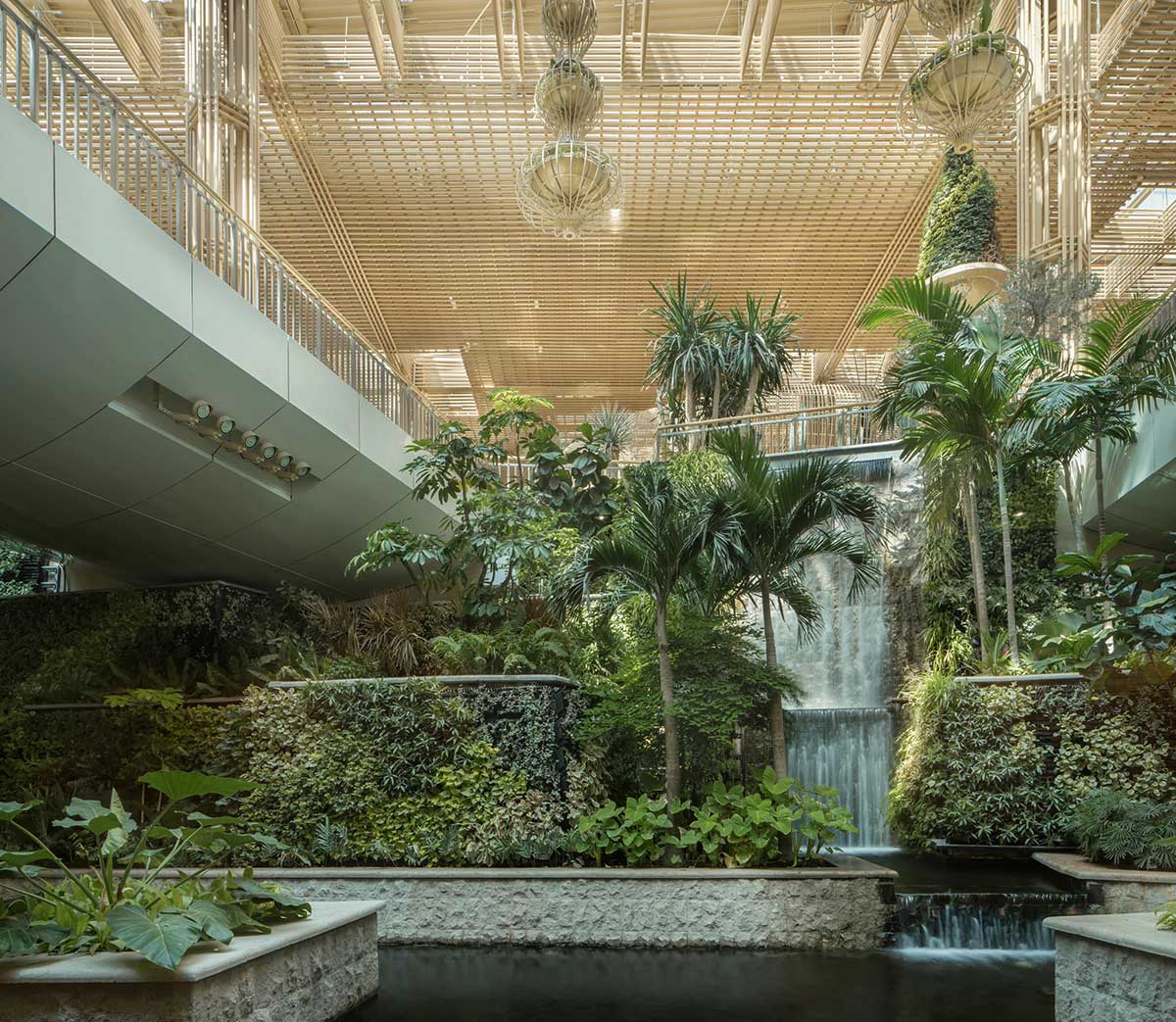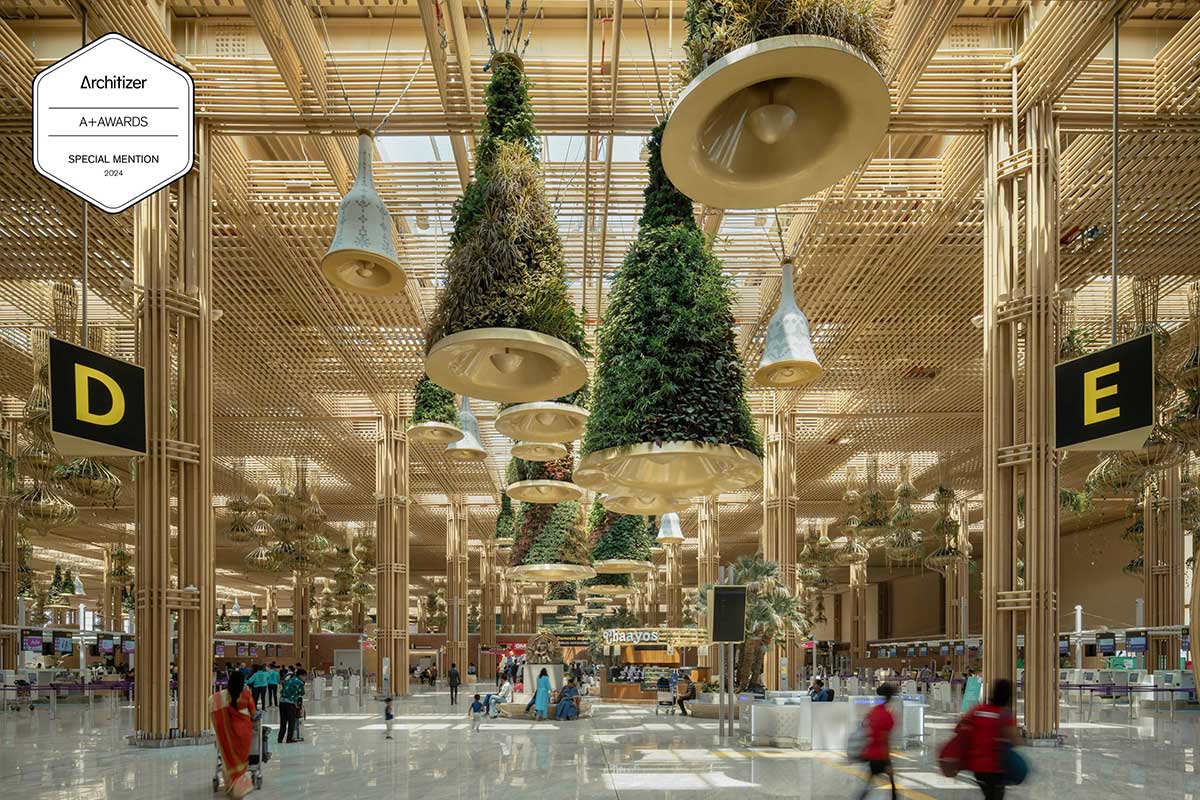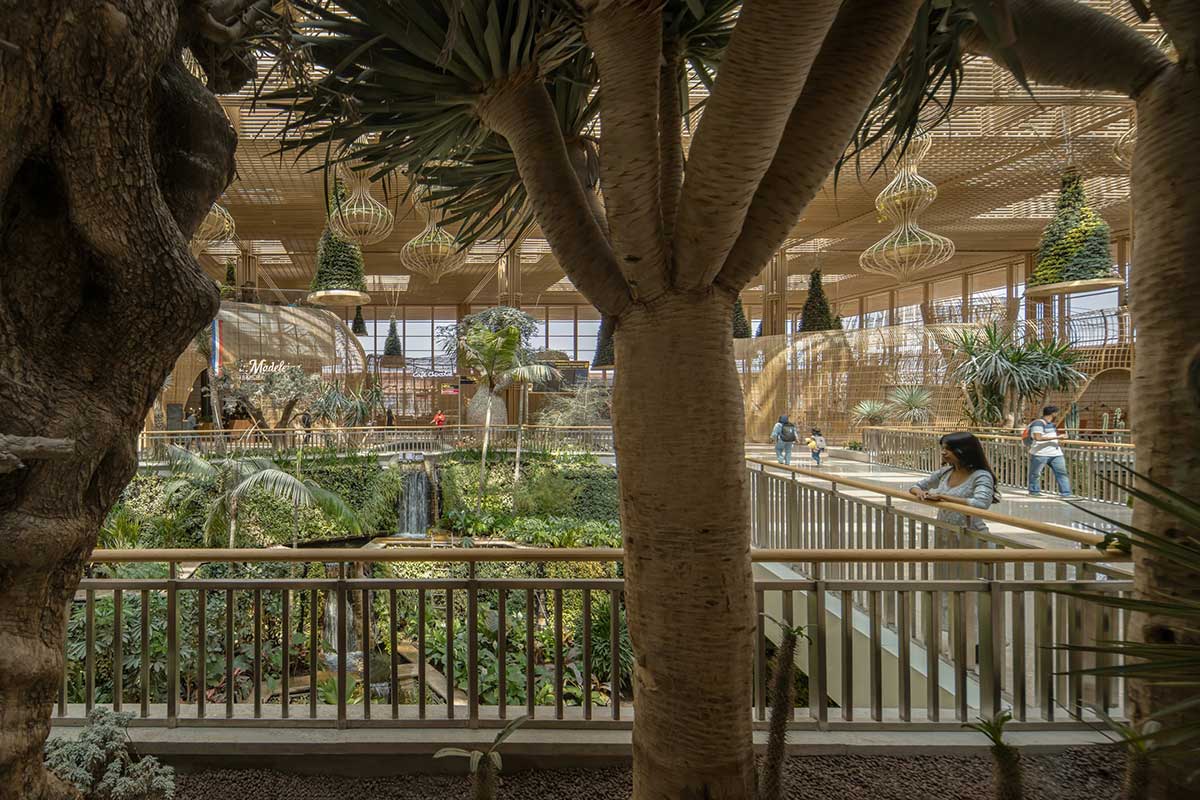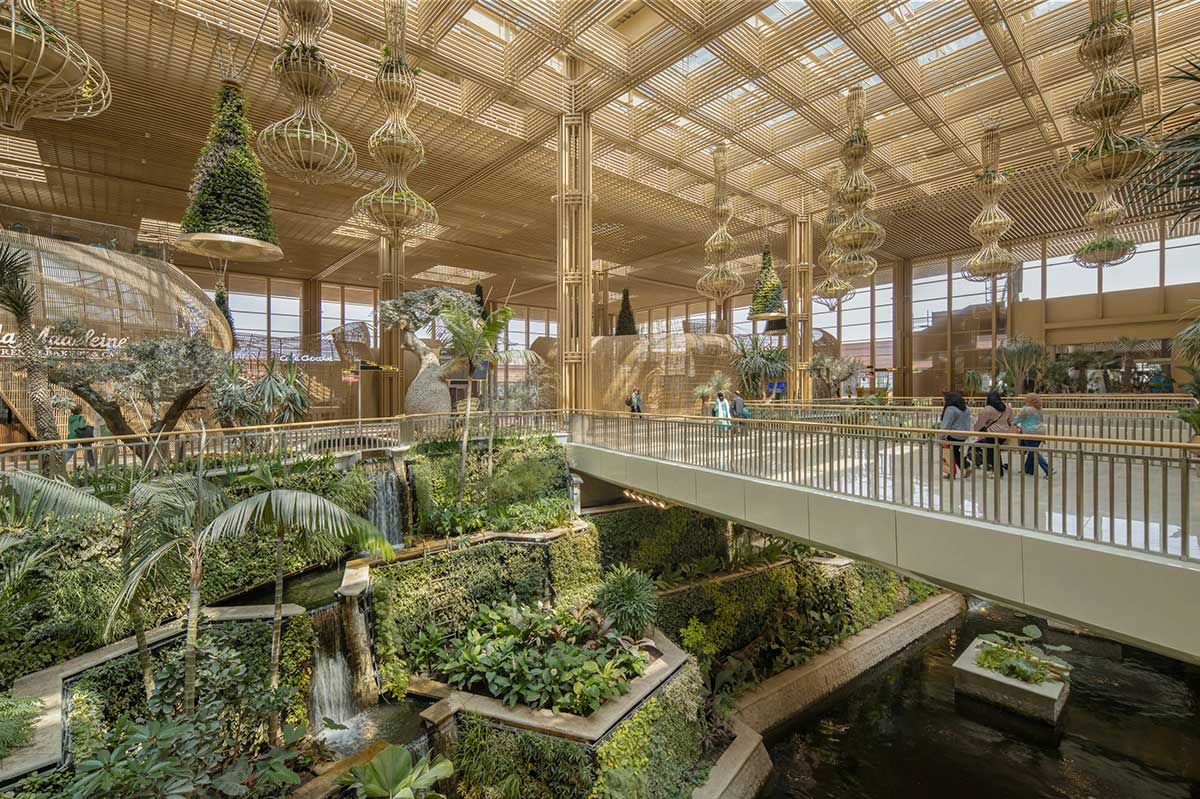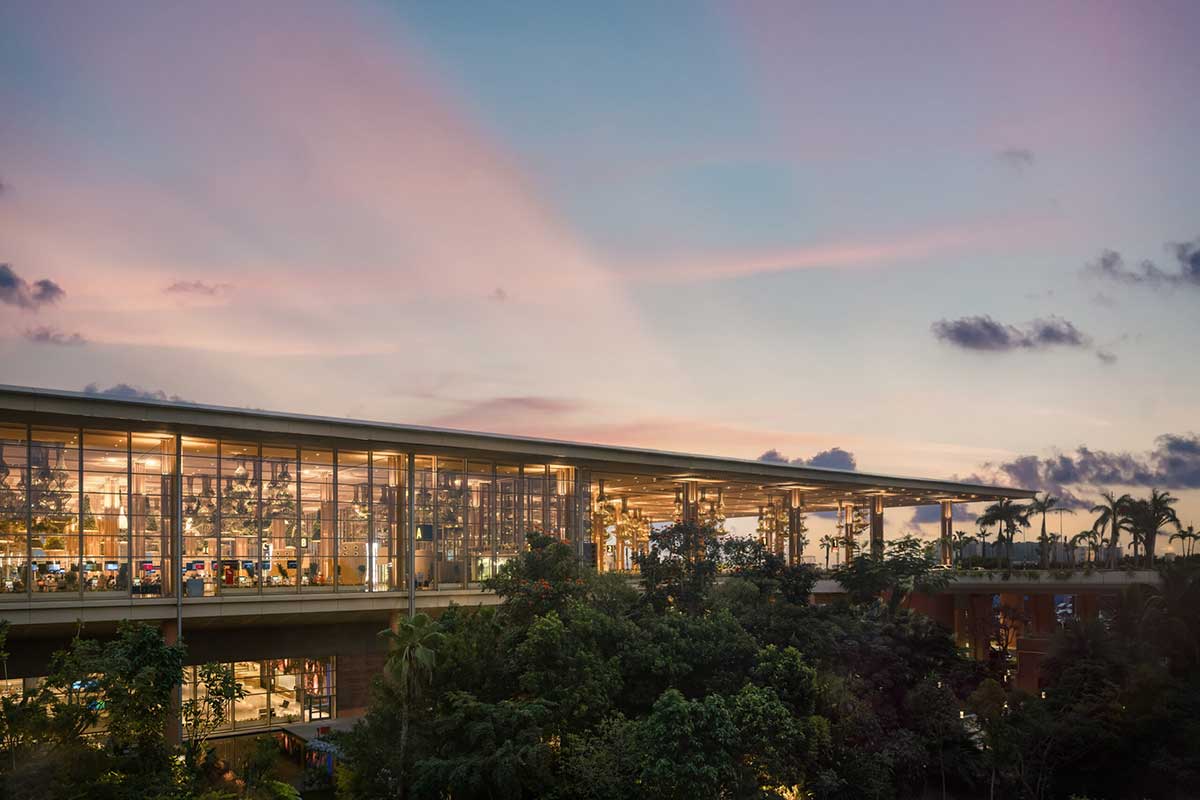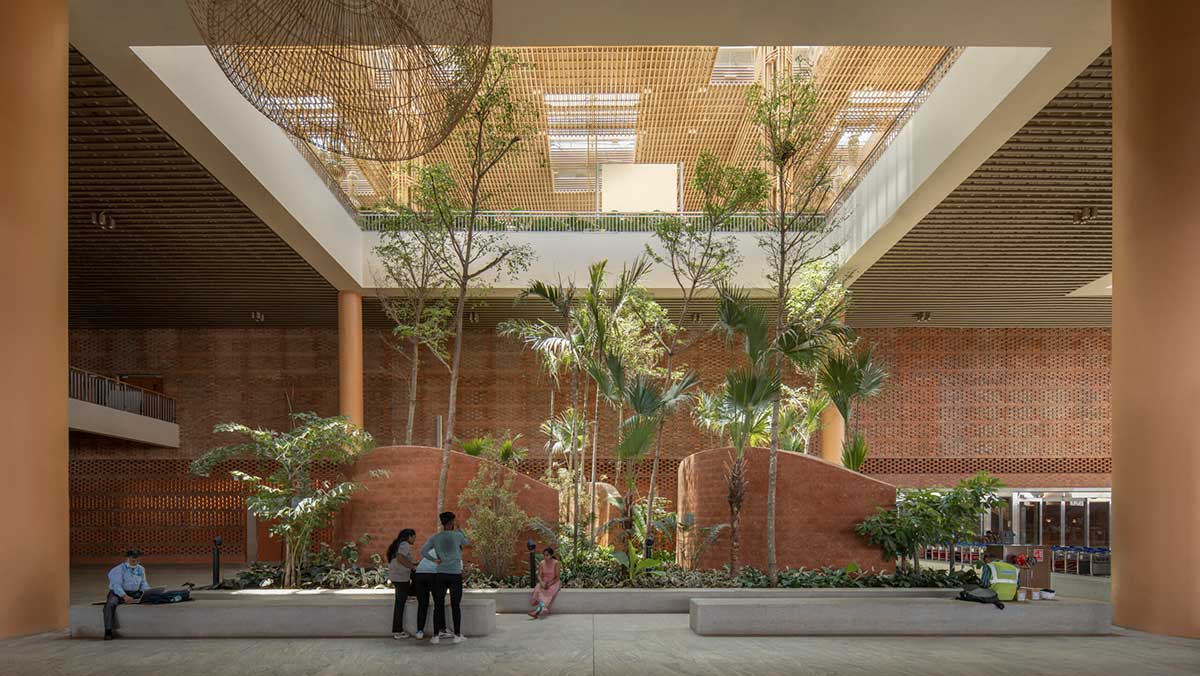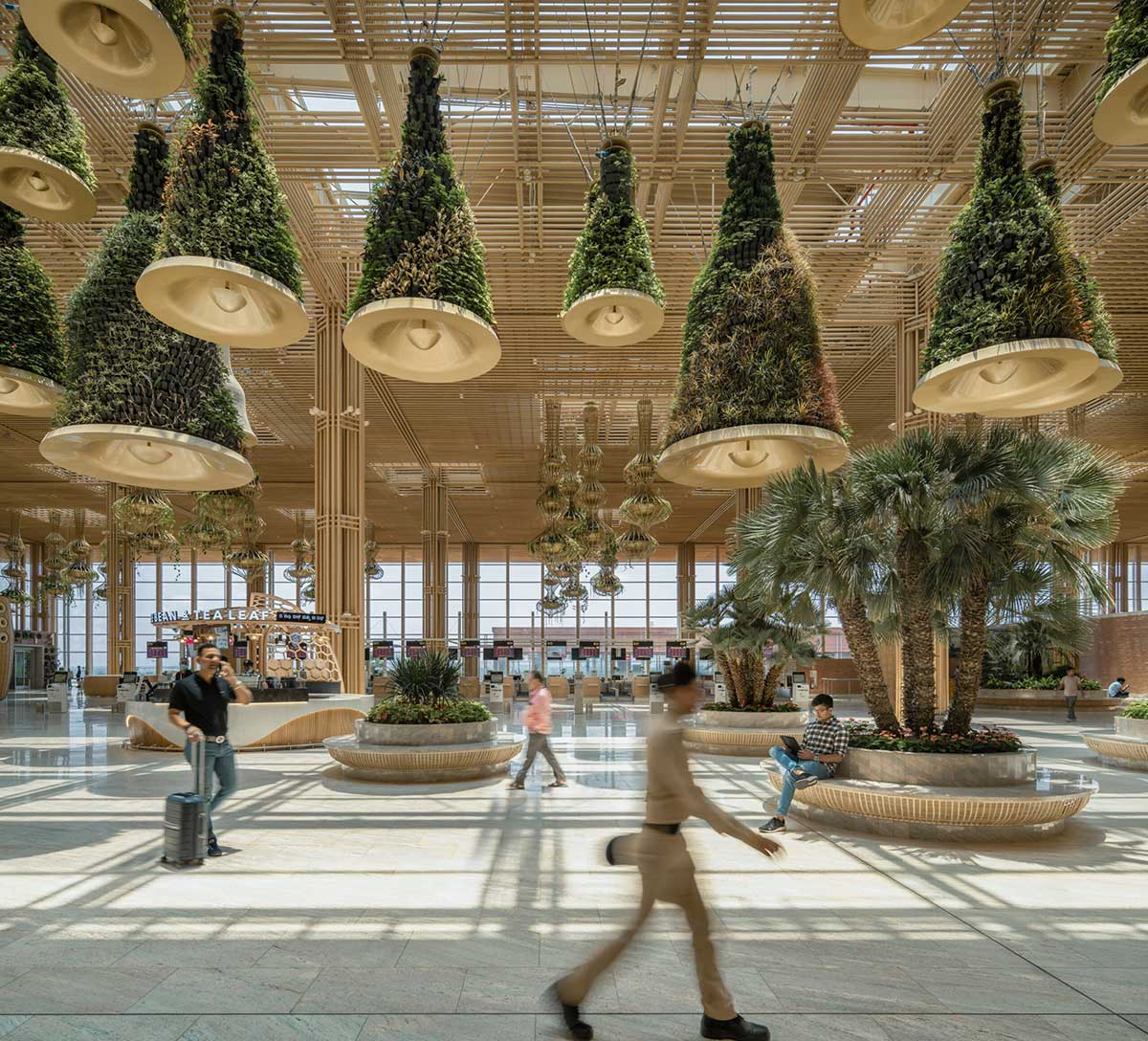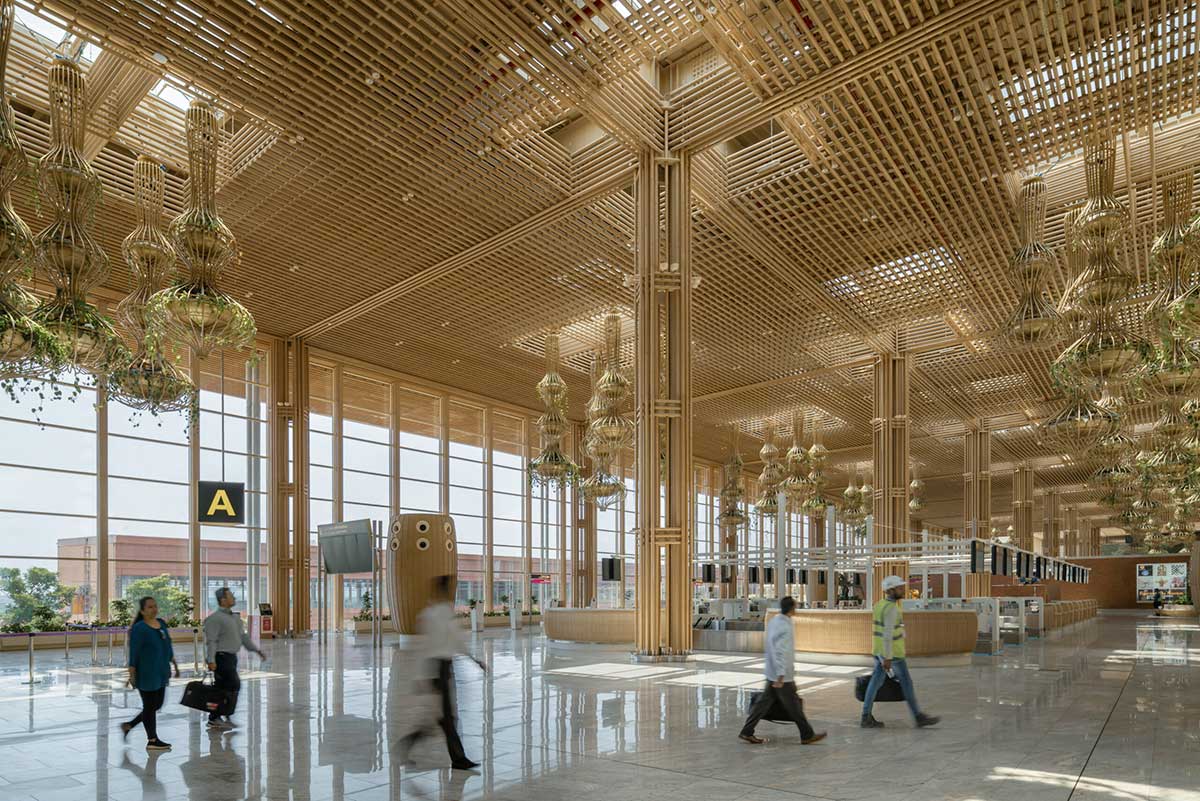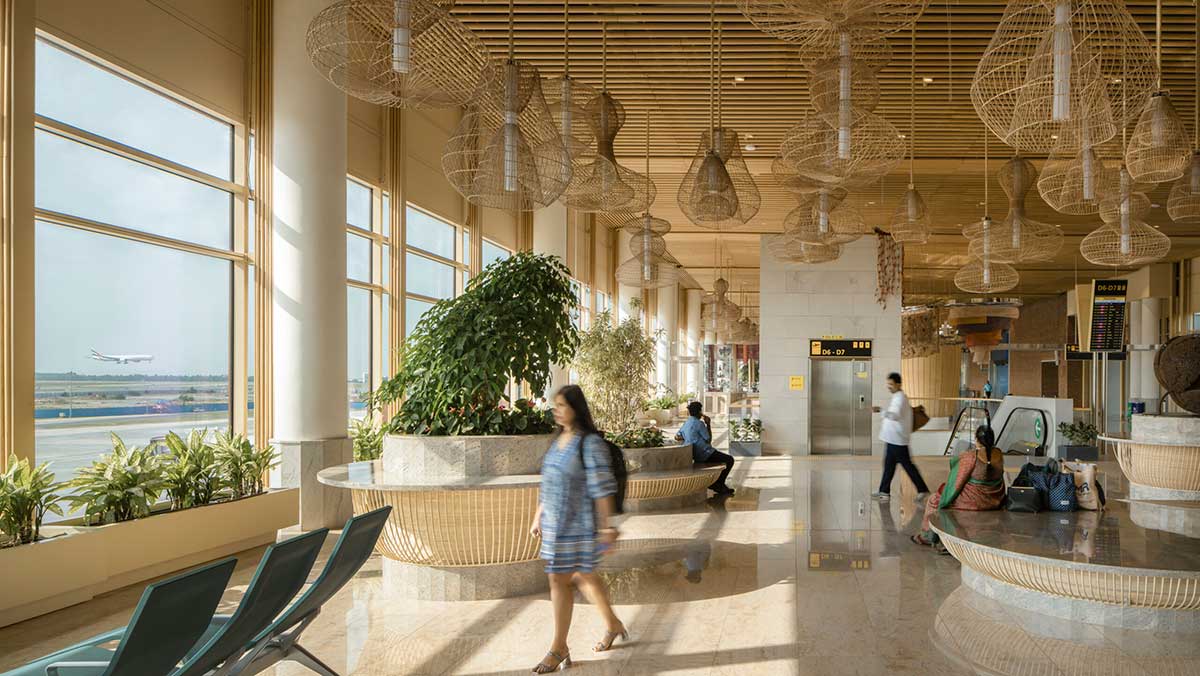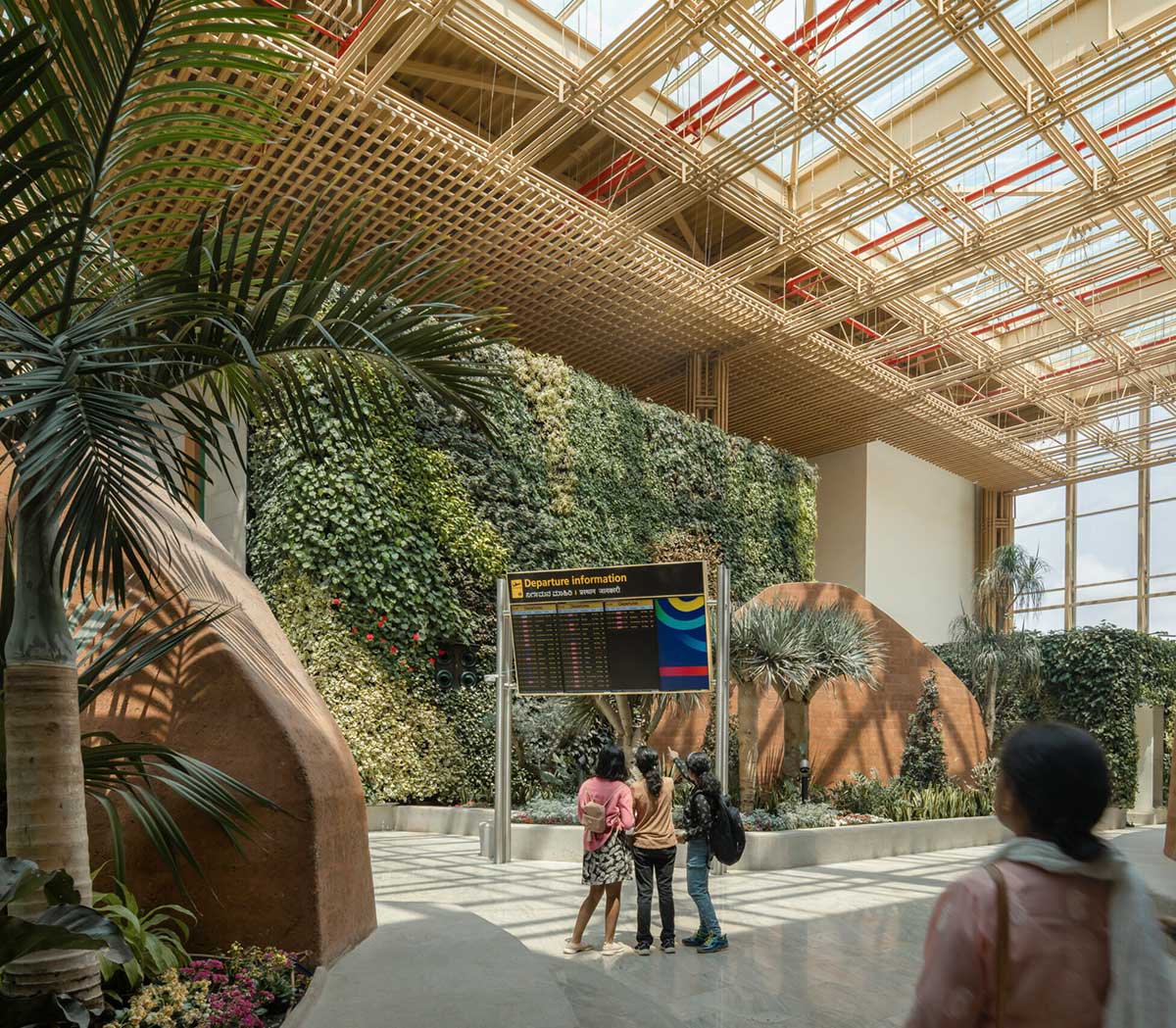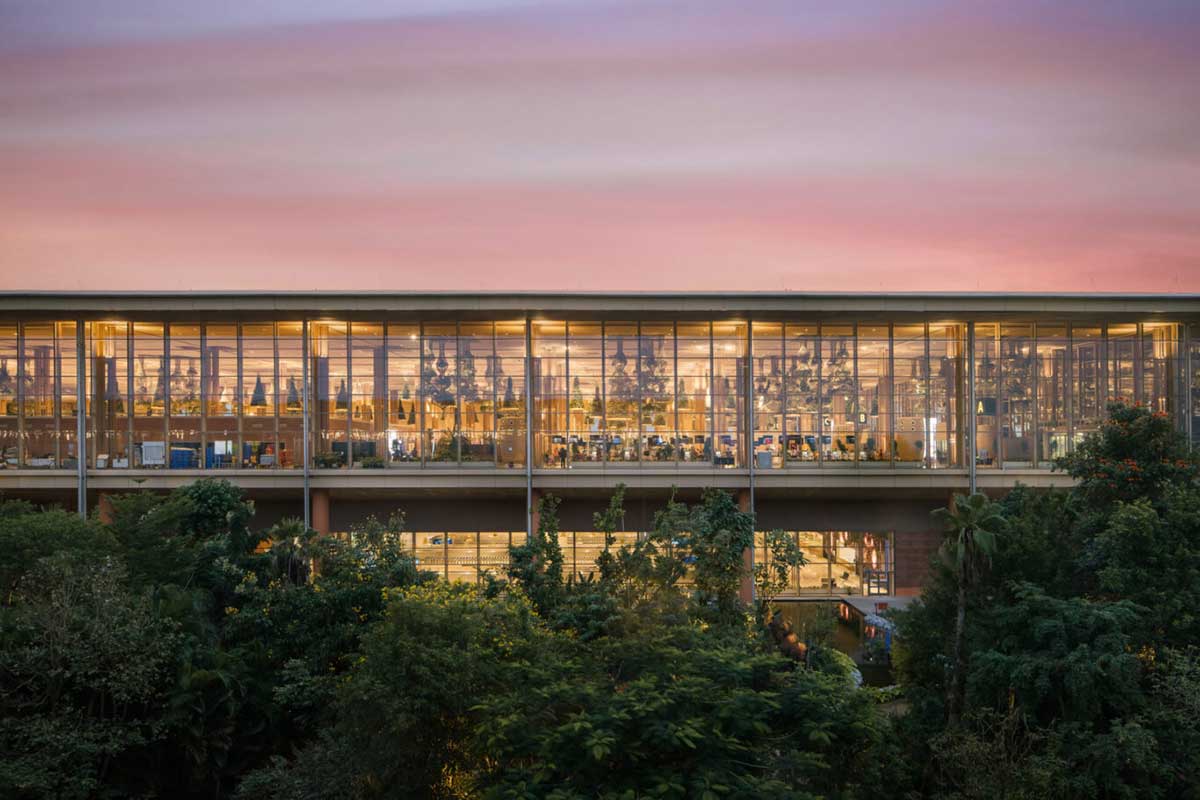We recently learned about a new terminal project at the Bengaluru airport, India, which, given its characteristics, joins what seems to be a clear trend in airport design. This trend, which is called biophilic architecture, includes the expansion of Hamad International Airport in Qatar, which houses a covered tropical forest, and the most recent renovation of Terminal 2 at Changi Airport in Singapore, which we already talked about in previous articles (which we leave you at the end of this one). So, this new project for Terminal 2 of the Kempegowda International Airport similarly gives great prominence to vegetation and nature.
The design of the new Indian airport terminal is owed to the work of the long-established architectural studio SOM Architects; This was founded in 1936 in Chicago, United States, by two architects and an engineer (Skidmore, Owings & Merrill) who “understood the power of combining their expertise within a single firm”. Well, in its own words, the Terminal 2 project at Kempegowda International Airport radically “reimagines the travel experience, transporting passengers through a landscaped multimodal transit hub and terminal inspired by Bengaluru’s ‘garden city’ heritage. Indeed, the Indian city is known as such, due to the abundance of vegetation and the presence of numerous public parks in its streets and squares.

The new 123,000 m2 “multimodal transit hub” serves as a link between the entire airport and public transportation. Therefore, the two-level outdoor plaza facilitates the connection between the different means of transportation, through a series of “elevated pedestrian bridges” that allow you to reach the two airport terminals, or the hotel, on foot. At the same time, this new terminal “introduces a new kind of space in an airport.” With this, its architects refer to outdoor shops, as well as spaces for holding events and leisure and free time areas. The element that gives continuity to the complex, both its exteriors and interiors, are precisely the gardens that “cascade out” and the green walls.
Indeed, between the boarding gates and the terminal building stretches a 90m-wide “forest belt” of lush vegetation. With it, passengers cross covered bridges, although outdoors, to reach the boarding gates, in “a dramatic experience of immersion in the landscape.” Otherwise, the roads within said forest belt give access to restaurants and other services. Finally, the ceiling, made of layers of criss-crossed bamboo, filters the light and gives it the appearance of a garden pavilion. Other local materials, such as ivory-brown granite, brown-red bricks or rattan woven according to the native tradition, complete the picture.
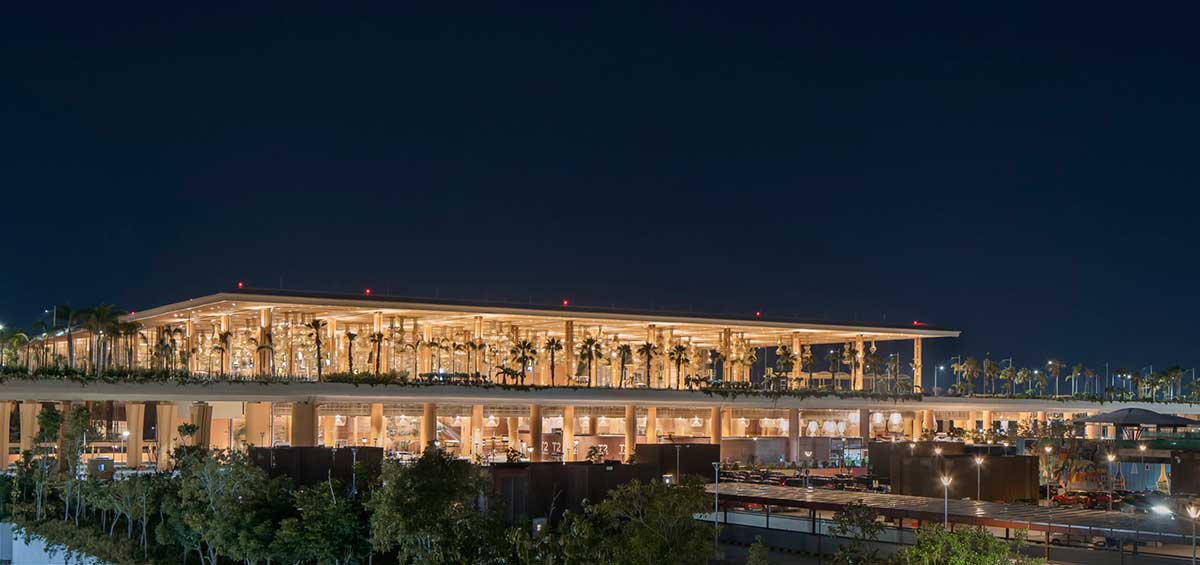
In this regard, SOM Architects recognizes its collaboration in the design of Terminal 2 of the Kempegowda International Airport with the landscape architects of Grant Associates and the designers Abu Jani and Sandeep Khosla (incidentally, famous in India and also internationally as fashion designers, cinematographic costume designers and, especially the second, interior design).
As it could not be otherwise in these times, sustainability is part of the entire process, from the design to the final operation of this new terminal. The strategies that SOM has considered include the use of solar energy, the use of renewable materials, or irrigation with rainwater collected in situ.
You can explore what we wrote about the aforementioned airports, which add to the trend of biophilic architecture with the Bengaluru airport, through the following links:

Sources: SOM Architects.
Images: Studio Recall vía SOM Architects.


